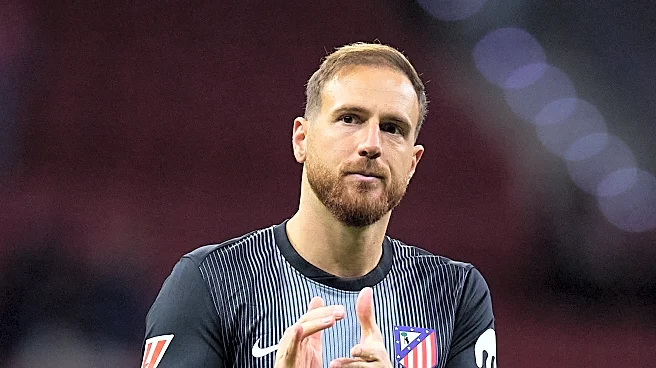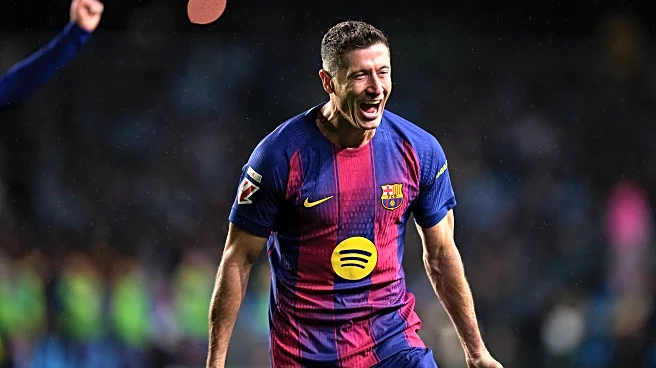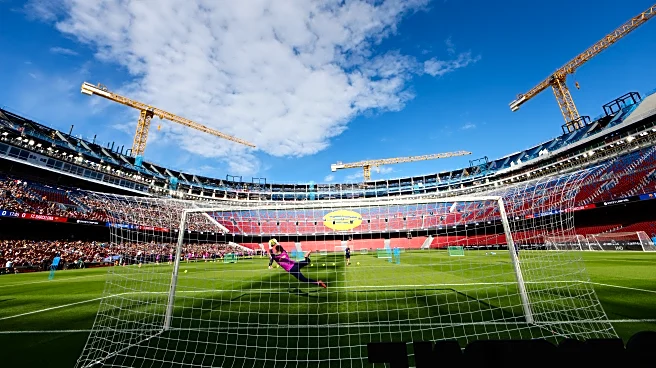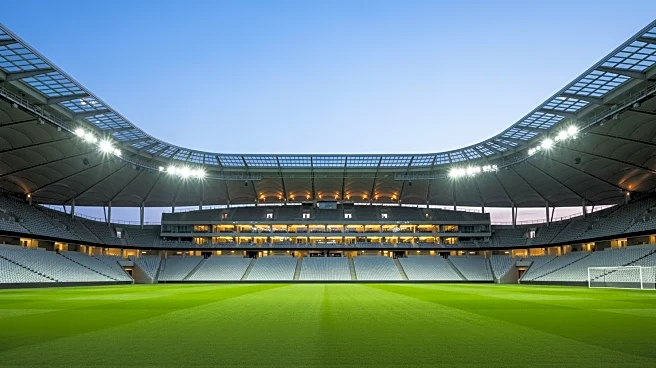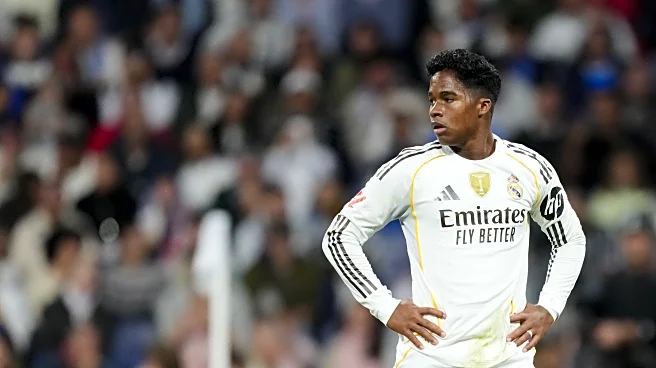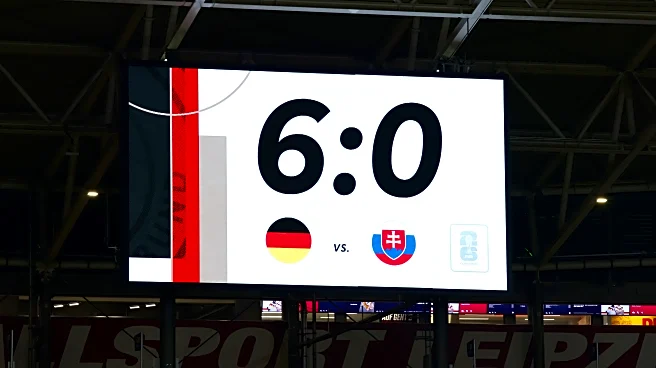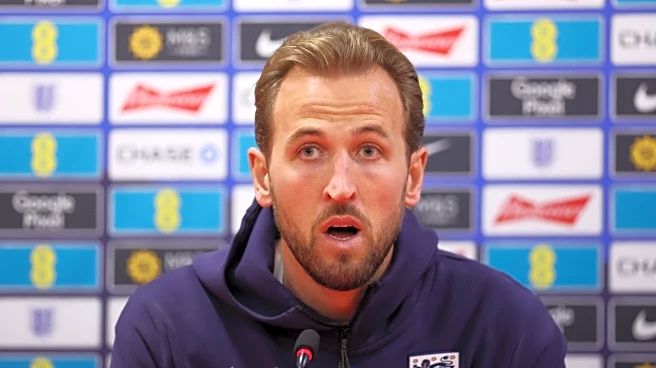Nominally, Johnny Cardoso has been fit to play since Nov. 1 after he overcame a left ankle injury that had bothered him since the Gold Cup in the summer and sidelined him for all but three games this season.
Yet, Johnny — a €25 million summer signing from Real Betis —was glued to the bench for all of Atlético de Madrid’s victories over Sevilla, Union Saint-Gilloise, and Levante before the year’s final FIFA break.
Three years after the departure of Geoffrey Kondogbia for Olympique Marseille, Atlético finally had another ‘5’ in the squad, but Diego Simeone has not been making use of him; indeed, Johnny’s last appearance for Atleti came in the 1-1 draw at Alavés on Aug. 31.
Yet it’s not really Johnny’s fault that he isn’t playing. Nor is it Simeone’s: the coach is simply riding the hot hand, and right now — as has quietly been the case for nearly two decades — the “hot hand” is his captain Koke.

At Estadio Coliseum on Sunday, Koke will play his 700th official game for the Atlético de Madrid first team. And in his 17th season, he has roared back into a starting role, having lost that privileged position last year due to the functionality of the Pablo Barrios – Rodrigo De Paul pair — not to mention an ill-timed injury in February.
Even though he agreed to renew his annual rolling contract to 2026, Koke was not expected to regain his starting spot with Johnny stepping in for the outgoing De Paul (while taking the Argentine’s #5 shirt). But the American’s injury opened the door, and in walked the 33-year-old skipper.
Koke has started the past eight games in LaLiga; he’s provided two assists in that time, and no Atlético player has accrued more than his 67 passes into the final third. Los Colchoneros are unbeaten in LaLiga when Koke starts; they have a 7-2-0 record when he is in the lineup from kickoff, and they are 0-2-1 when he is not. He is making it impossible for Simeone to drop him.
On one hand, the situation facing Johnny is not dissimilar to the one Álex Baena has had to overcome. After a muscle injury and an emergency appendectomy, Baena went six weeks without playing; when he returned, he steadily built up minutes, starting with minute-long cameos against Real Madrid and Eintracht Frankfurt (he assisted a goal against the former). Baena still hasn’t completed 90 minutes for Los Rojiblancos, but he has started their past five games and is demonstrating his influence as a playmaker.
Something similar could happen to Johnny: a slow, gradual return to play, followed by a starter’s workload come the beginning of 2026. In his 183 minutes to date, we have seen glimpses as to why Atlético prioritized signing Johnny from Betis and gave up roughly 20 percent of a future transfer fee to do so: his positioning and ball-winning instincts are unlike anyone else’s in the current squad. He can elevate the team’s improved high pressing and possession-centric philosophy to another level.
On the other hand, Johnny hasn’t played a lick of competitive football in nearly three months. Returning to the United States squad for the FIFA World Cup feels unlikely at this stage. And fairly or not, Johnny is being measured against Koke, the biggest homegrown legend this club has ever produced. It’s not easy to be in a shadow that stretches that long, and again it leaves me wondering how Atlético will try to replace such a figure when he walks away — which, who knows, could be as soon as next summer.
I presume Johnny will play some part in Sunday’s game at Getafe, and if he does, he will have to make the most of those potentially-limited minutes — like Conor Gallagher has been trying to do. That puts a lot of pressure on the 24-year-old Denville, New Jersey native who already has to contend with the step up from a Europa Conference League finalist to an annual Champions League participant.
It’s yet more proof as to how special Koke remains. Even at 699 games played, even with all the miles/kilometers he has put on those legs, he remains inevitable.



